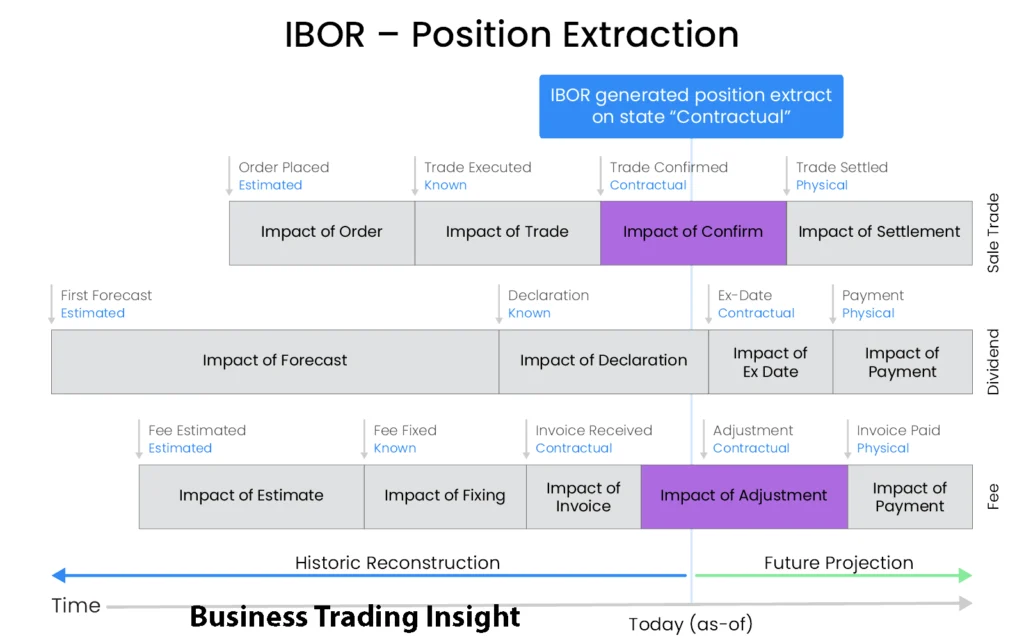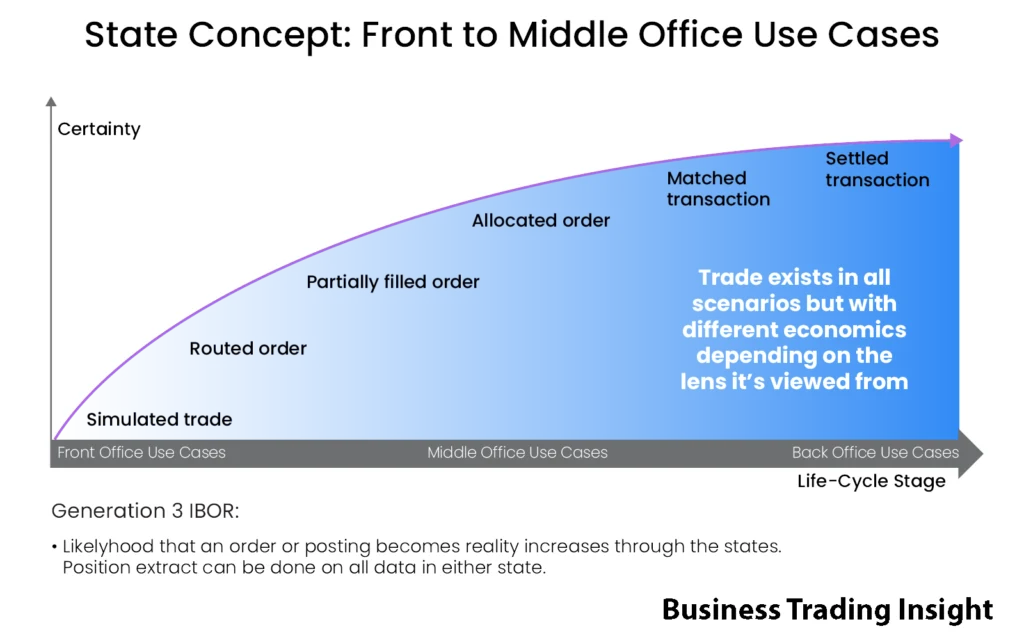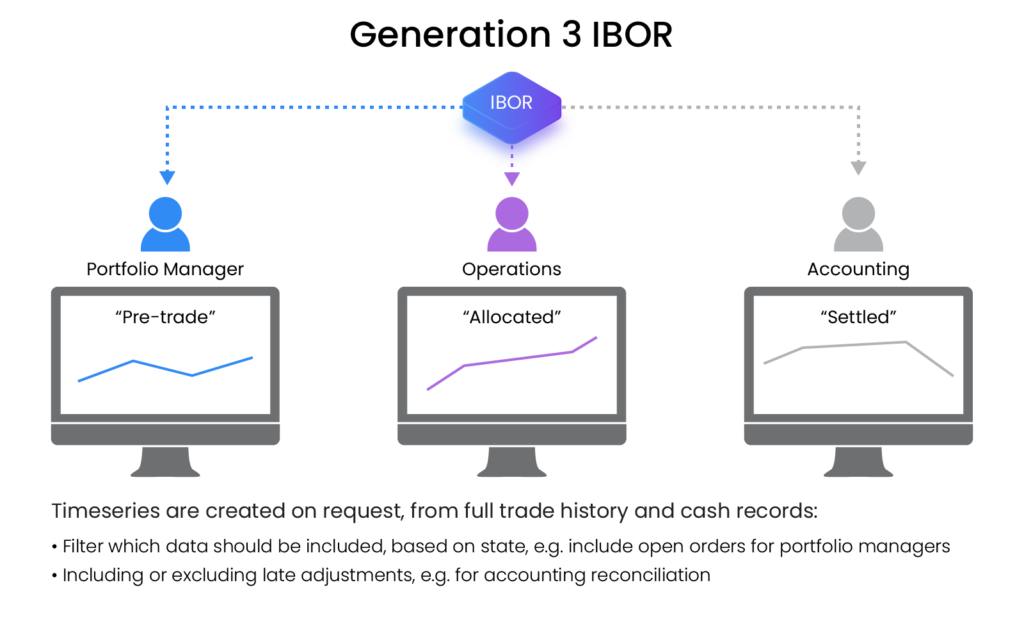In recent years, the financial world has undergone a monumental shift in how interest rates are determined. The Interbank Offered Rate (IBOR), a benchmark used by banks to set interest rates for various financial products, is being phased out in favor of Alternative Reference Rates (ARRs). This transition has important implications for forex traders, investors, and financial institutions. In this article, we will explore what IBOR is, why it is being replaced, and how the new rates will shape financial markets and trading strategies.
Key Questions:
- What is IBOR, and why was it so influential in global markets?
- How is IBOR being replaced by alternative rates such as SOFR and SONIA?
- What does this transition mean for forex traders and investors?
We will dive into these questions to give you a comprehensive understanding of this critical shift in financial markets.
What is IBOR?
IBOR (Interbank Offered Rate) is a set of interest rates at which major global banks lend to each other in the short-term wholesale money markets. These rates are essential for a wide range of financial instruments, including mortgages, business loans, and derivatives.
History and Development of IBOR
IBOR has been the backbone of global interest rate calculations for decades, particularly the LIBOR (London Interbank Offered Rate), which has been the most widely used reference rate. Over time, LIBOR and its counterparts, such as EURIBOR (Euro Interbank Offered Rate) and TIBOR (Tokyo Interbank Offered Rate), became the foundation for setting interest rates for various types of loans, including mortgages, credit cards, and bonds.
Types of IBOR Rates
- LIBOR – Primarily used in USD, GBP, EUR, JPY, and CHF.
- EURIBOR – Used for euro-denominated instruments.
- TIBOR – Used for yen-denominated instruments.
The rates are determined by a survey of leading banks that provide their estimates of the rate at which they can borrow unsecured funds in their respective currencies.
How IBOR Rates Are Calculated
IBOR rates are calculated based on submissions from a panel of major banks. The rates fluctuate based on supply and demand in the interbank market, as well as other factors such as economic conditions and central bank policies. However, the main flaw in this system was that banks could manipulate their submissions, leading to a loss of confidence in IBOR.

The Decline of IBOR and Transition to Alternative Reference Rates (ARRs)
IBOR has come under intense scrutiny in recent years, largely due to scandals involving rate manipulation and a significant decrease in the volume of interbank lending. As a result, regulators around the world have pushed for a transition to more robust and transparent benchmarks known as Alternative Reference Rates (ARRs).
Why IBOR is Being Replaced
The primary reasons for replacing IBOR are:
- Manipulation risks: The 2012 LIBOR scandal revealed that banks were submitting false interest rates to benefit their trading positions.
- Low market liquidity: Over the years, the volume of interbank lending has decreased, making it harder to determine an accurate and reliable rate.
- Global regulatory push: Financial regulators have mandated the adoption of alternative rates to enhance market stability and transparency.
Key ARRs: SOFR, SONIA, and EURIBOR
The transition from IBOR to ARRs involves moving to more market-based, transaction-based reference rates.
- SOFR (Secured Overnight Financing Rate): A rate based on overnight loans collateralized by U.S. Treasury securities. SOFR is considered a more reliable benchmark than LIBOR because it reflects actual transactions in the repo market, making it less susceptible to manipulation.
- SONIA (Sterling Overnight Index Average): This rate is used in the UK and is based on actual transactions in the overnight unsecured lending market. SONIA is more transparent and represents real market conditions better than LIBOR.
- EURIBOR: While it is still used in Europe, EURIBOR is transitioning to a more robust methodology similar to SOFR.
The Role of Fallback Provisions
As part of the transition to ARRs, many existing contracts tied to IBOR are being amended to include fallback provisions. These provisions are designed to provide a clear mechanism for replacing IBOR with an alternative rate if IBOR becomes unavailable. Fallbacks are crucial for avoiding legal disputes, as they set predefined rules for how the transition should occur. These provisions ensure that there is no ambiguity in determining the new reference rate, thereby minimizing the risk of costly legal battles.

Legal and Contractual Adjustments
The shift from IBOR to ARRs will require substantial legal changes. For businesses, lenders, and borrowers, this will involve adjusting the terms of existing contracts to reference the new rates. For instance, loan agreements, derivatives, and bonds that were previously indexed to IBOR will need to be renegotiated to incorporate ARRs.
Legal Risks and Disputes
The process of updating financial contracts could lead to disputes if the changes are not clearly defined. Disagreements may arise over how to apply the fallback provisions or interpret the terms of contracts that do not have clear language for dealing with the transition. To mitigate these risks, financial institutions and legal teams have been working together to create model fallback language that can be applied universally.
How ARRs Will Impact Forex Trading
For forex traders, the transition to ARRs means a shift in the pricing of financial instruments. Contracts that were previously tied to IBOR, such as currency swaps, interest rate derivatives, and cross-currency swaps, will now reference ARRs. This will change how traders calculate interest rate differentials and manage risks. For example, a forex trader using LIBOR-based swaps to hedge against currency risk may need to adjust their hedging strategies to account for the new reference rates, which could impact their exposure to interest rate movements.
Real-World Example: Derivatives Pricing
The shift from LIBOR to SOFR, for instance, will impact the pricing of interest rate derivatives. LIBOR-based derivatives are common in currency markets, but the introduction of SOFR could alter the value of these instruments. Traders who rely on LIBOR to set benchmarks for swap rates and futures will need to update their models to reflect the new rates, which may result in initial volatility in the markets.
Market Sentiment and Volatility
The shift to ARRs may introduce temporary volatility as market participants adjust to the new rates. While ARRs offer more transparency, the transition may initially cause confusion in the market. Forex traders must monitor developments closely to stay ahead of market sentiment. Understanding the intricacies of how the new reference rates work will be critical for managing risk.
Timeframe for the Transition
The transition from IBOR to ARRs is a gradual process, but it is critical to note the key deadlines for the phase-out of IBOR. The Financial Conduct Authority (FCA) has set a deadline of end-2021 for the cessation of most LIBOR settings, with a few exceptions. By this date, most financial instruments must have transitioned to ARRs. Failure to adapt in time could expose financial institutions to legal and operational risks.
For example, derivatives contracts that continue to reference LIBOR past the deadline could face difficulties in being settled or may require significant renegotiations. Therefore, financial institutions must act swiftly to ensure that all legacy contracts are updated in line with the new benchmarks.

Impact on Small and Medium Enterprises (SMEs)
While large multinational corporations and financial institutions are well-equipped to handle the transition, small and medium-sized enterprises (SMEs) may face greater challenges. Many SMEs have loan agreements and financial products tied to IBOR, and the process of renegotiating these contracts could be both costly and complex. SMEs will need to assess their exposure to IBOR-based products and consider strategies to mitigate potential risks.
For smaller businesses, transitioning to ARRs could involve renegotiating loan terms, updating accounting systems, and educating staff on the new reference rates. Without the resources of larger corporations, SMEs may need additional support from financial advisors or legal teams to ensure compliance with the new standards.
Conclusion: What Lies Ahead?
The transition from IBOR to ARRs represents a major shift in global financial markets. While the new rates like SOFR and SONIA offer greater transparency and reduce the risk of manipulation, the process will take time and may introduce initial volatility. For forex traders and investors, staying informed about the changes in benchmark rates will be essential for adapting to the evolving market landscape.
Practical Steps for Traders:
- Stay updated on changes to benchmark rates and adjust your trading strategies accordingly.
- Understand how ARRs affect derivatives pricing, as this will impact your trading decisions, particularly in currency swaps and interest rate products.
- Consider diversifying your portfolio to include instruments that are based on ARRs rather than IBOR, as the financial markets continue to adjust.
Forecasting the Future:
The long-term impact of this shift could be far-reaching. With more reliable and transparent reference rates, we can expect to see a decrease in market manipulation and more stable pricing across financial products. However, the immediate future may bring volatility as the market adjusts to the new system.
As the financial world adapts to this new norm, staying ahead of the curve will be essential for traders, investors, and financial institutions. Understanding ARRs and their implications for the forex market is crucial to making informed decisions in the evolving landscape of global finance.
Final Thoughts:
The transition from IBOR to ARRs represents a fundamental shift in how financial markets operate, and forex traders must adjust to these changes. By understanding the intricacies of these new reference rates, the impact on market volatility, and the challenges of adapting existing contracts, traders and investors can better navigate the evolving financial landscape.
This revised version integrates a more thorough exploration of legal considerations, practical examples, smoother transitions, and detailed information about ARRs, the impact on financial markets, and the regulatory framework guiding these changes.
FAQ
How is IBOR being replaced, and what are Alternative Reference Rates (ARRs)?
IBOR is being replaced by Alternative Reference Rates (ARRs), which are based on actual transactions in the market rather than estimates by banks. These new rates are seen as more reliable and less susceptible to manipulation. Major ARRs include SOFR (Secured Overnight Financing Rate) in the U.S., SONIA (Sterling Overnight Index Average) in the U.K., and €STR (Euro Short-Term Rate) in the Eurozone. The transition is part of a global reform effort led by central banks and financial regulators to improve the integrity and transparency of benchmark rates.
What is the difference between LIBOR, SOFR, SONIA, and EURIBOR?
- LIBOR (London Interbank Offered Rate) is the most well-known IBOR, based on estimated rates from a panel of banks and used globally for a wide range of financial products.
- SOFR (Secured Overnight Financing Rate) is the U.S. replacement for LIBOR, based on actual transactions in the overnight repurchase agreement (repo) market, making it more transparent and difficult to manipulate.
- SONIA (Sterling Overnight Index Average) is the U.K.'s ARR, reflecting overnight borrowing costs in the unsecured money market.
- EURIBOR (Euro Interbank Offered Rate) is the Eurozone counterpart to LIBOR, although its use is also being gradually phased out in favor of €STR, which is based on actual market transactions in the Eurozone.
How will the transition from IBOR to ARRs affect forex traders?
The transition from IBOR to ARRs will have a significant impact on forex traders, particularly those involved in derivative markets like foreign exchange swaps and forward contracts. As IBOR-based rates are phased out, contracts that previously referenced IBOR must be amended to reference ARRs instead. Forex traders may need to adjust their risk management strategies, as ARRs are often overnight rates with different compounding methods than IBOR. The liquidity and volatility in currency markets could also be affected, depending on how smoothly the transition to new rates is handled.
What are fallback provisions, and why are they important during the IBOR transition?
Fallback provisions are clauses in financial contracts that specify what happens if the reference rate (like IBOR) is no longer available. These provisions are crucial during the IBOR transition because they ensure that contracts can continue to function without disruption once IBOR is phased out. Fallback provisions typically specify how to switch to an alternative rate (such as SOFR or SONIA) and how to adjust for differences in the calculation methodologies. Properly designed fallback provisions help mitigate legal and financial risks associated with the transition.



